LOK details, N1-3L testing.
Plus some info on translation, and finding video.
Two N1’s on the launch pads.
This one is now to me, and I have some useful notes from Vladimir Antipov, (computer translation), covering what they did and what they found during these tests:
“From the Technical Report on N1-L3 tests: ‘The launch vehicle with the LZS head unit and 7K-L1A No. 4, but already with the standard emergency rescue system, took place on 19 June 1969.
In the process of preparation of the LV at the launch, 131 remarks were identified. While eliminating the remarks, 6 instruments on board were replaced and the tear-off boards of Block A were modified, which delayed the test by 79 hours. Of these, 40 hours were spent searching for a short circuit in the power circuits of PAO 11F92. The left lift on the service tower failed. The following major modifications were carried out on it during the LV parking:
- putty was applied along the contour of the hatch covers;
- nitrogen and helium purging of the tail section of Block A was introduced from onboard cylinders up to the ‘Lift Contact’ during emergency engine shutdown.
The number of the combat crew was 2333. On the second PU (left launch) at this time, autonomous testing of systems and units, fitting of the mock-up of the carrier and head unit were carried out. There were two rockets on the SC on two PUs. This was from 19 to 21 June 1969’.”
As usual, click for a larger version.
Vladimir also has some useful information on all those “sheds” scattered around the launch site:
“Somewhere there are doors on these ‘houses’, which suggests entrances to underground structures. And where there are black squares on top - these are ventilation shafts. There were also bunkers for film equipment and many other things.”
LOK information fragments
It surprises me that the orbital LOK craft are not better documented, given that hardware survived. Some new fragments have become available.
Here’s a new diagram of the forward living compartment of the LOK. The antenna on the bottom right was missing from my CGI model - apparently it’s altitude radar. Which tells us the LOK should be orientated with this pointing downwards when in Lunar orbit.
And a new diagram, with some dimensions of the rear of the LOK, including the thermal radiators.
“Here are shown two technological hatches in the BO. As far as I understand, the right hatch was later abandoned.”
This will be of great interest to modellers - note that 2 of the small antennae are missing from the regular pattern.
In the fairings:
A better resolution diagram of the LOK in the fairings than I have seen before. The text along the top reads: Lunar Orbital Craft (LOK) with block EE, Lunar Craft (LK) with block E. Year is not known, RGANTD Fund 107
Dimensions are in millimetres.
Subtle details on this diagram are different, it appears to be an early version. Note the supports between the LOK/LK and the fairings.
A big chunk of text from that document:
I extracted the text from one and a half pages, and ran it through translation. As usual, the results are a bit clunky, but I think the sense is clear.
3.3 Orbit transfer and orbital flight of an artificial lunar satellite (LOS)
To transfer to the ISL orbit, the complex is braked with the help of the ‘D’ block remote control. Before braking, trajectory measurements from the Earth are made trajectory measurements from the Earth, setting of settings for the value of the angle of the Sun-object-planet and the Sun-object orbit. Sun-object-planet angle and for the time of switching on and off the ‘D’ block remote control. ‘Д’.
After astro-orientation and setting the axes of the complex in the desired direction, the ‘D’ block DM is switched on, and the complex moves to the ISL orbit with altitude H= I50 km and inclination I70.
The total time of stay of the complex on the ISL orbit (from the moment of entering the orbit to the moment of launch to the Earth), does not exceed 4 days.
Before the separation of the Lunar Orbiter (LOC) and Lunar Landing System (LLS), 2 orbit corrections are carried out.
The first correction is performed during the first hour of the LOS orbit flight. The orbit altitude H = I50 km is corrected. The second correction - at the 24th hour. As a result of the second correction, the complex moves to an elliptical orbit with an altitude in the perilune hr = 25 km and altitude in the apo-settlement h = 150 km, and the perilune should be above the landing point of the lunar spacecraft (LS).
At the orbit altitude in the perilune h, = 25 km for braking the lunar landing system (LLS) is enough one switch on the remote control unit ‘d’.
Before landing on the Moon there is an adjustment session, which consists in that with the help of an orbital radio altimeter (ORV) the true flight altitude of the complex above the landing site is determined, because from the Earth the ISL orbit parameters are determined relative to the centre of the Moon.
The landing on the Moon is performed automatically. The crew's actions consist in controlling the operation of the systems and in the ability to perform a horizontal manoeuvre at a distance of about 60 m if necessary.
The separation of the LOC and LPS takes place at the 45th hour of flight along the ISL orbit. The descent to the Moon takes place in the plane of the LOC orbit. After the LPS braking, the ‘D’ block DM is switched off and the block is separated, and the LOC is moved away from the ‘D’ block. The E-block's E-block thrusters are then switched on, which is used for further descent and horizontal landing manoeuvre.
The cosmonaut's time on the Moon is up to 6 hours. After the experiments are completed, the Lunar Take-off Vehicle (LTV) launches from the surface of the Moon. The take-off trajectory is spatial. This is explained by the fact that due to the Moon's own rotation there is a shift of the landing point relative to the unchanged LOC orbit.
The take-off is performed with the help of the ‘E’ block remote control. The LBA enters the orbit of the LOC, where they are docked. The active spacecraft is the LOC. After the astronaut's transition from LBA to LOC, the LBA separates.
After about 24 hours of orbital flight along the ISL orbit, the LOC launches to Earth.
Prior to the launch to Earth, the crew compartment (CC) is separated.
A note for those working on scanned Russian / Cyrillic text:
It’s no good on very small text unfortunately, but this site does a great job on OCR with good quality images, the best I have found so far.
There’s stuff about a paid service, but I’ve been using the free service without getting pestered to pay! Yandex Translate does a reasonable job too.
For computer translation, while it’s REALLY useful to have it built into your browser, (Native in Chrome, or via the Google Translate Plugin), DEEPL remains by far my favourite. It’s really good at highly technical terms, and will accurately translate terms that MS Word doesn’t even recognise as words.
https://www.deepl.com/en/translator
A note on Russian video:
Putin has slowed down YouTube in Russia to the point where it’s generally unusable within the country. This has resulted in state institutions moving to RuTube.
You can find the RGANTD archive here:
https://rutube.ru/channel/24991403/videos/
And here’s a video of Valentin Glushko discussing Sputnik One:
https://rutube.ru/video/d1f70004312b33585b1038d77451c6ae/
This edition’s cool image:
Taken from the cool link below:
This edition’s cool link:
Dreams of Space - Book and Ephemera is one of my favourite sites on the whole internet. It collects ephemera and children’s books from the early space age, many of which are extremely beautiful.
This link will show you all the Russian and Soviet posts. Highly recommended.




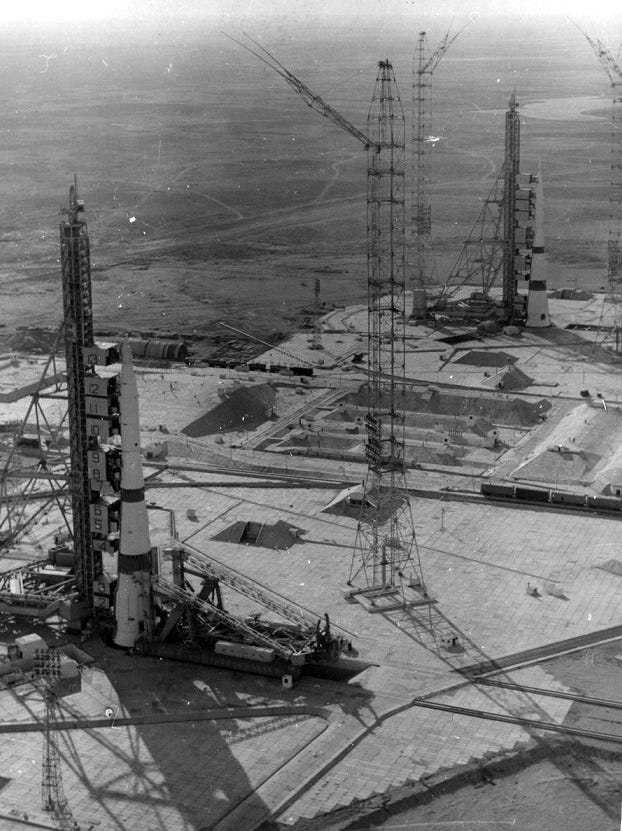
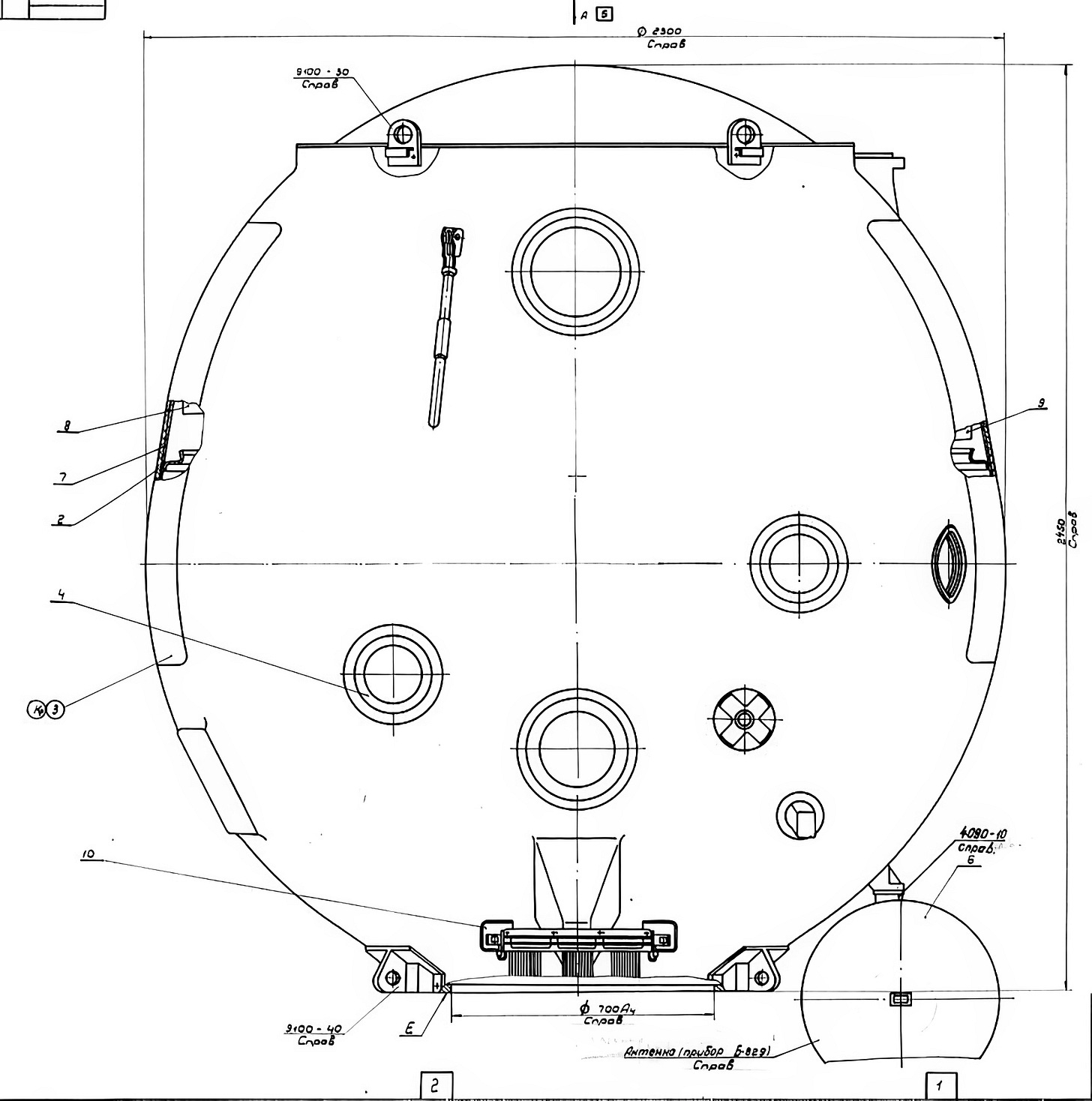
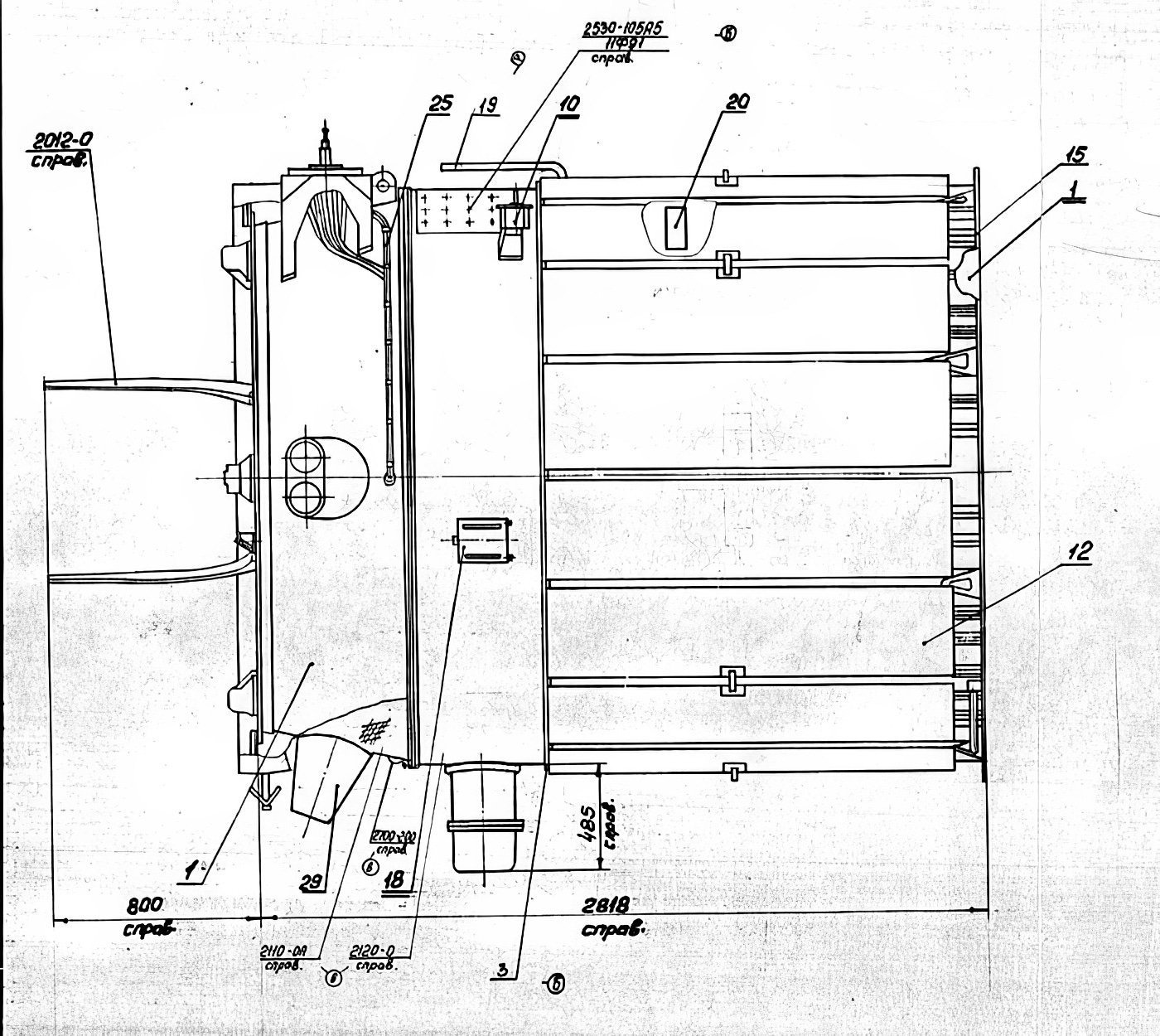

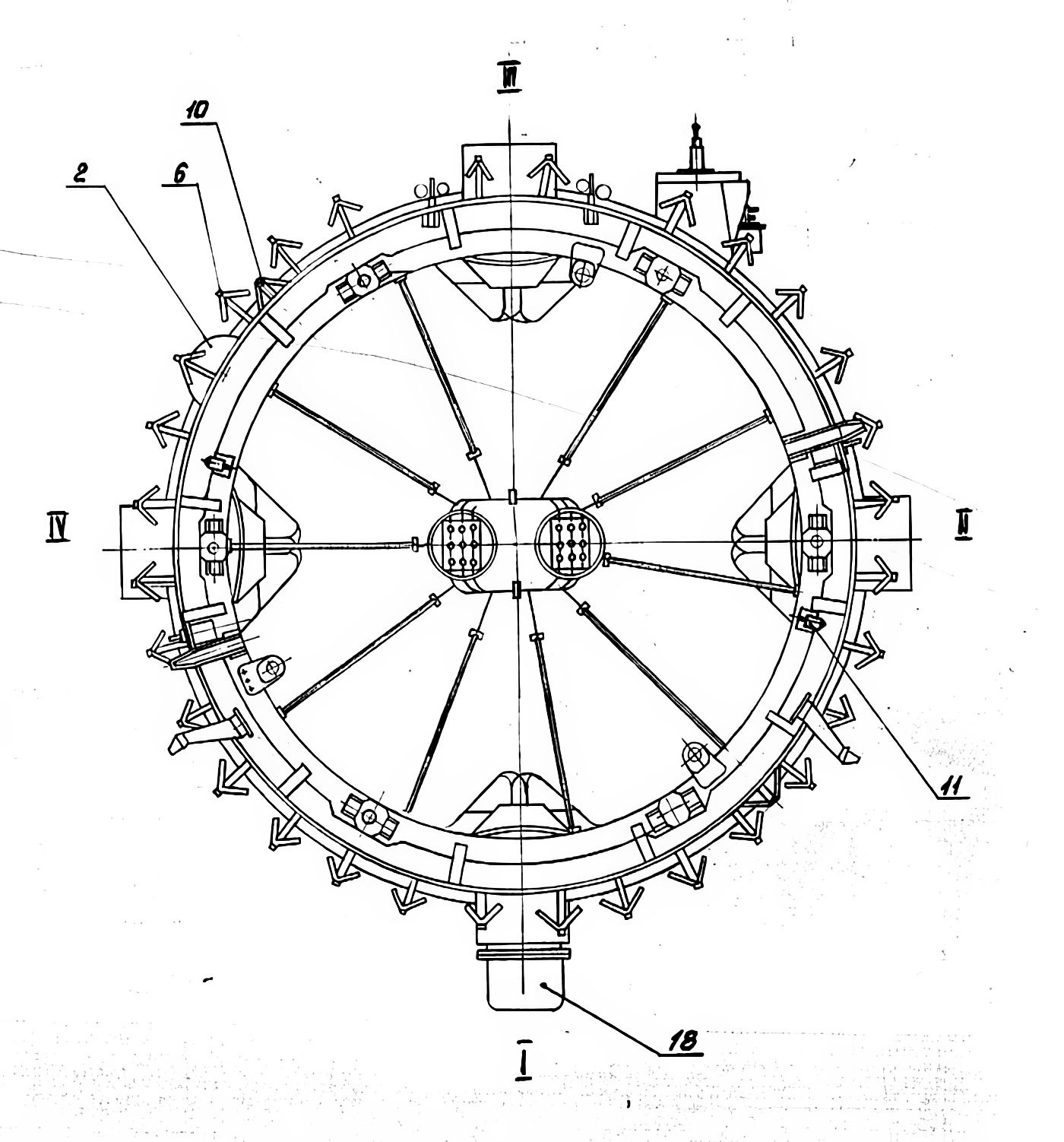
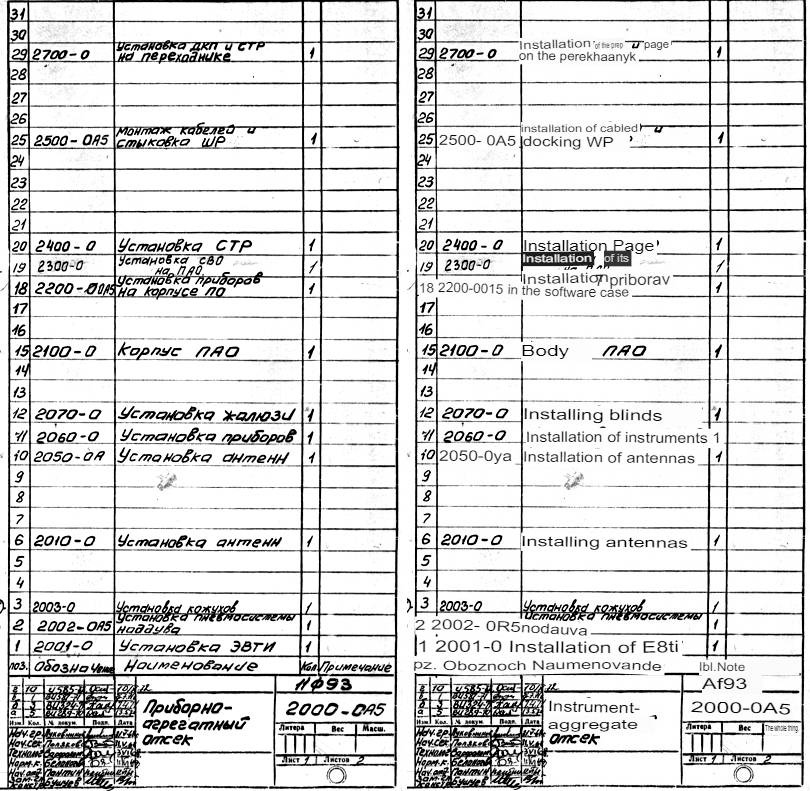
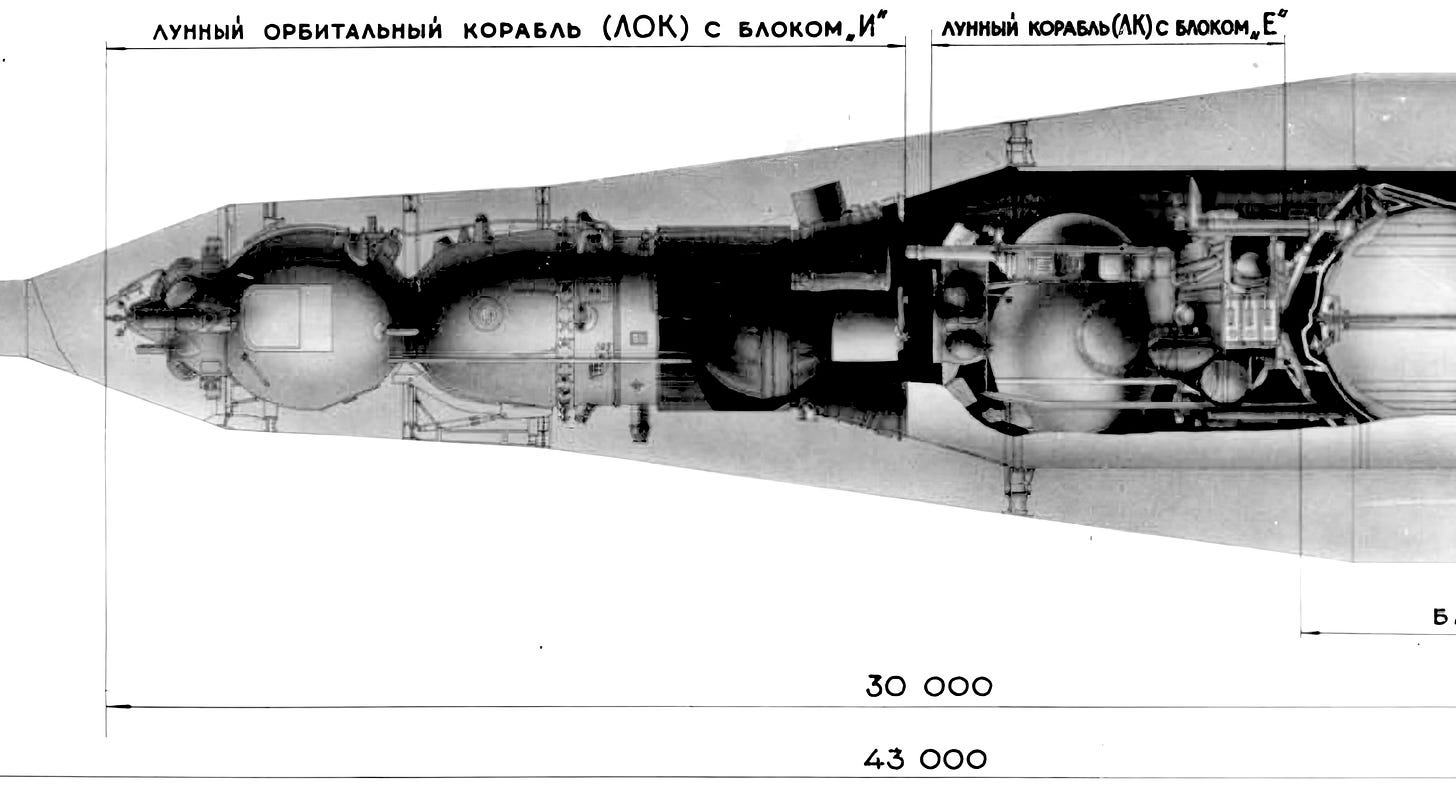




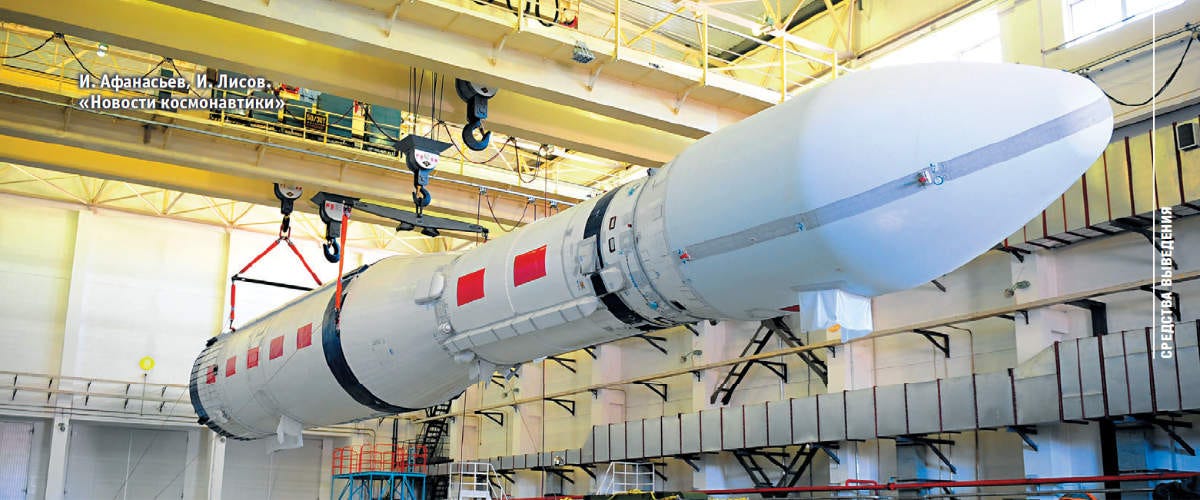
I, too, love John Sisson’s “Dreams of Space” blog. It has been a while since I’ve visited his site. So, thanks for the reminder. He has just published a post about a World’s Fair book. What a treat!